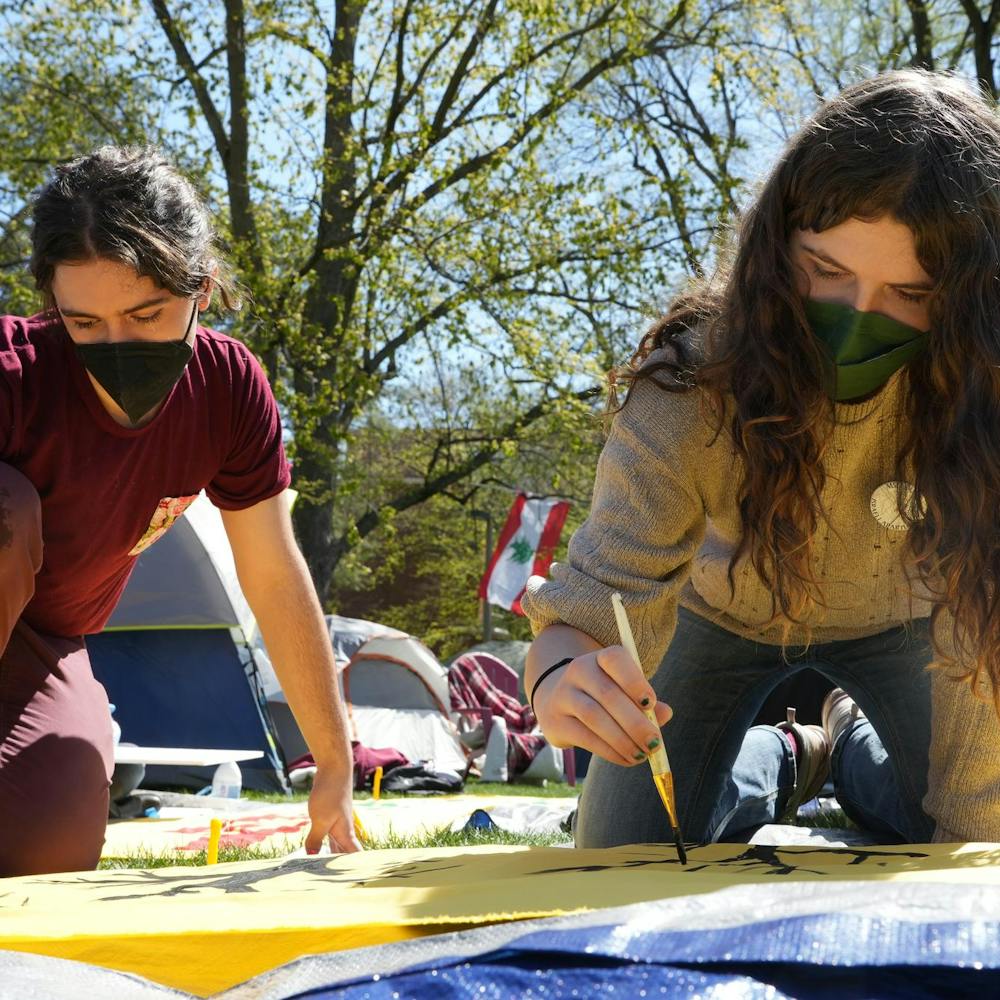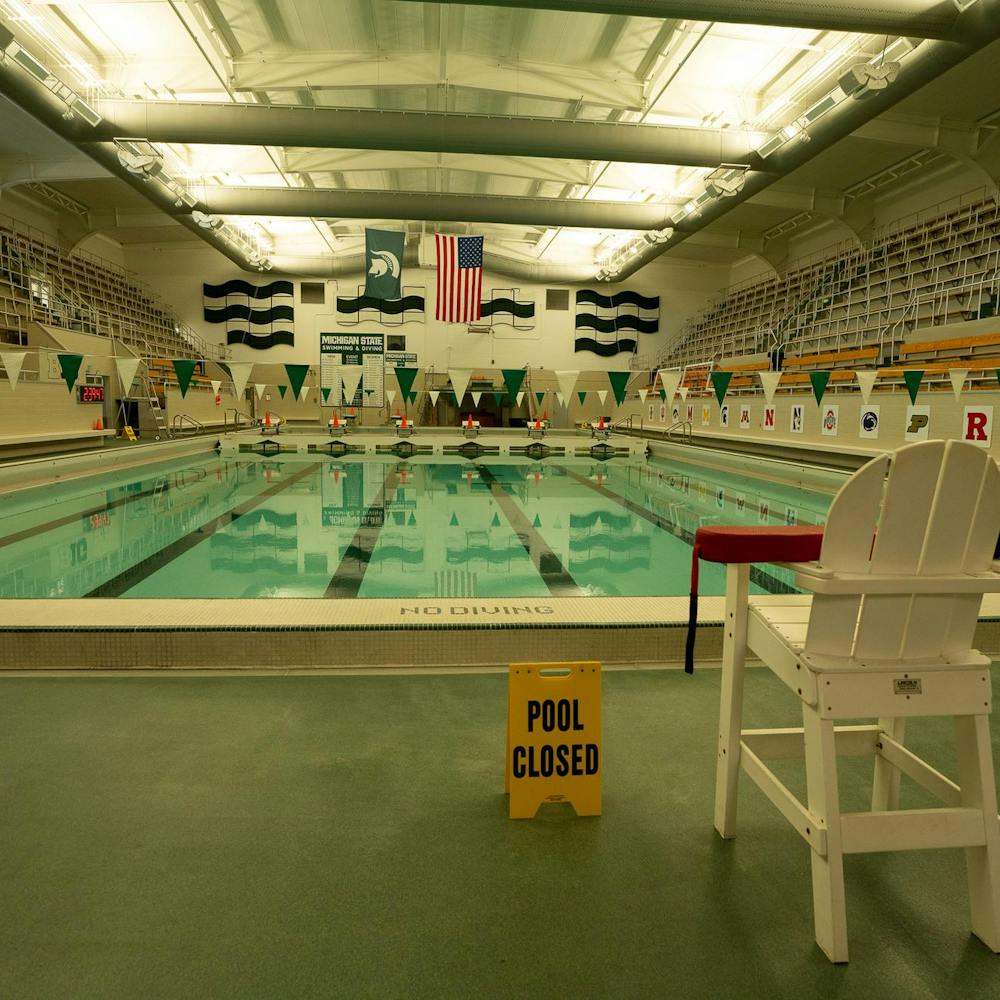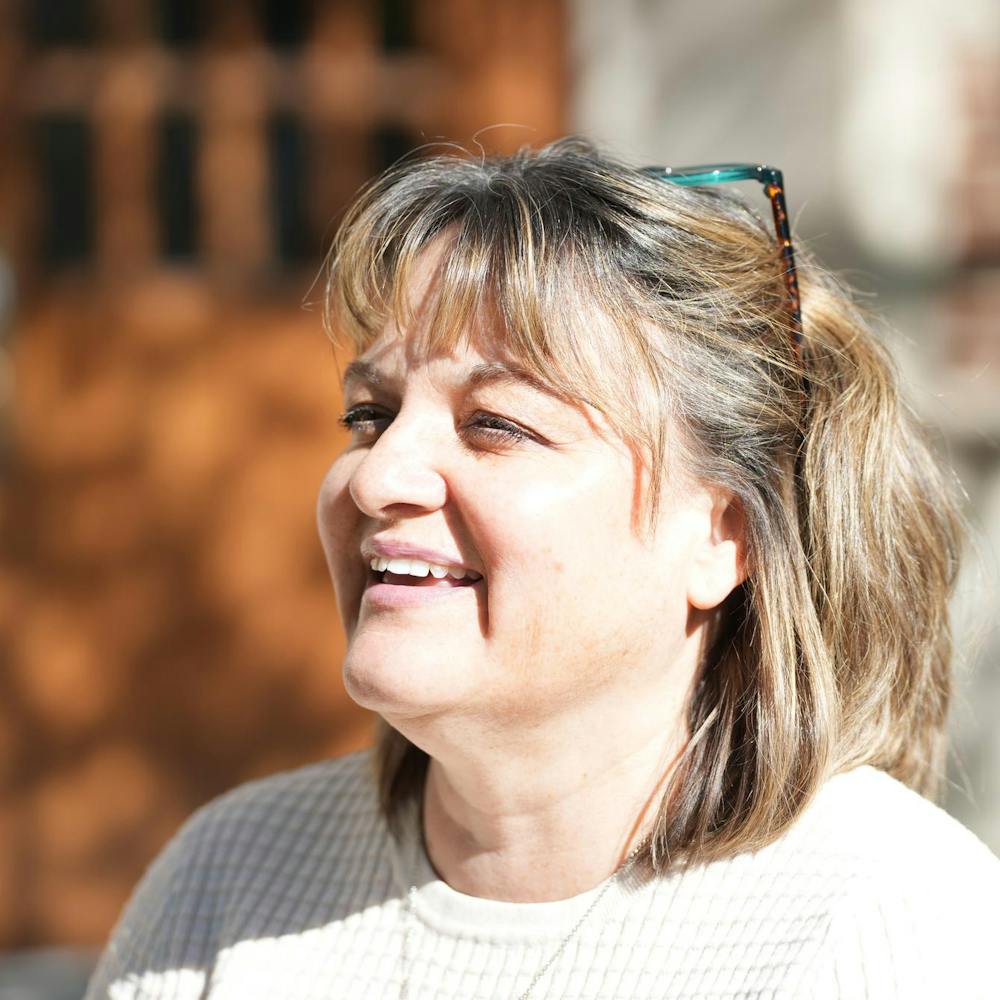If you’re reading this, the world didn’t end this morning.
And that means scientists — including several MSU faculty — halfway across the globe successfully initiated one of the biggest science experiments in history that some feared could obliterate the planet.
Their aim is to simulate conditions akin to those immediately following the Big Bang.
At about 3:30 a.m. today, two beams of protons were scheduled to be sent around a 17-mile tube about 300 feet below the Swiss-French border with an energy force of about 5 trillion electron volts. The experiment is designed to cause high energy collisions between protons in a Large Hadron Collider, or LHC.
“Every time these protons crash together at the LHC, we’re recreating, briefly, exactly those same energy density conditions that existed shortly after the Big Bang,” MSU physics professor Chip Brock said. “There are a lot of questions we want to understand. How do we go from electrons and quarks zipping around — too hot to come close to one another and stick — to trees and flowers and birds?”
The $8 billion project, which has been in the works for 14 years, caused concern for many around the world because of the possibility the experiment could create a black hole with the capability of ending the universe.
However, officials from CERN, the laboratory near Geneva, Switzerland where the LHC is located, said the doomsday predictions are unlikely.
Today’s launch will not run the LHC at full capacity and protons will not begin colliding for a couple of weeks. The goal is to begin proton collisions at 5 trillion electron volts before the end of the year.
“There will then be a break over Christmas and, starting next year, they will try to work up to 7 trillion electron volts with collisions every 25 nanoseconds,” said Patrick Ryan, an MSU postdoctoral student in Switzerland. “Eventually, they want to work up to 14 trillion electron volts, the energy which the LHC was designed for.”
The project is broken down into four different experiments, each with a detector inside the LHC. MSU is involved with the ATLAS detector, one of two multifunctioning detectors, which takes readings.
Faculty from the university helped build the ATLAS detector and install it in Europe. MSU professor Maris Abolins designed software and high-speed electronics to help analyze the data from the project.
MSU also plays another role in the project. Brock is in charge of MSU’s computing center that, along with a number of other centers across the world, will attempt to process the information.
“The amount of data that’s going to come out of this monster is just scary huge,” Brock said. “It’s so much stuff that no single place on earth has enough computing capability to analyze it.”
Support student media!
Please consider donating to The State News and help fund the future of journalism.
Discussion
Share and discuss “MSU faculty join scientists to test Big Bang Theory” on social media.






